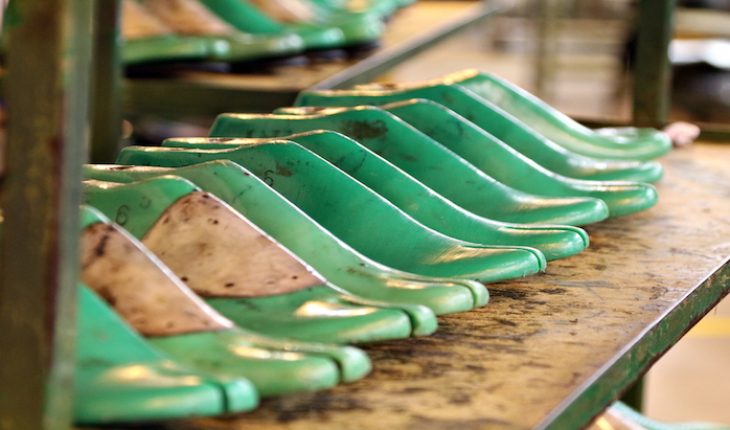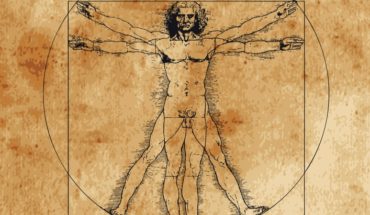Our research at Imperial College, London, seeks to answer the question: How can we identify early signs of osteoarthritis before noticeable symptoms occur? If we can do this, we should be able to intervene to slow down the progression of the disease and reduce the number of joint replacement operations carried out every year in the UK. In the case of athletes, who create a lot of wear and tear on the joints because of their sport, we could help them avoid problems later down the line. We think we can probably detect the likelihood of someone developing osteoarthritis by looking at the patterns of how feet in motion hit the floor – where the pressure points are. In order to do this, we have been collecting mechanical and physical data in our labs from healthy individuals and those who have attended hospital for an injury like a torn meniscus, as well as people with various degrees of arthritis.
This includes people who early disease and those who have serious problems and will shortly have joint replacement surgery. This generates large amounts of data and using big data approaches will help us to recognise patterns of early signs of problems. Work to date has been encouraging.
In the future, we will be able to reveal lots of clues about joint diseases by measuring an individual’s foot pattern. We can only begin to develop really accurate algorithms if we have a large volume of data and our laboratories at Imperial can only cope with a certain number of participants who pass through our doors so we need to grow our database. However, to translate it clinically into a useful and practical tool we need to develop a way of measuring foot pressures outside of the laboratory. To achieve this we are in the process of developing a prototype of an ‘intelligent’ insole which can be worn inside someone’s shoe. Tiny pressure electrodes are built into the insole, which is thin and flexible like a normal insole, this streams back data to smartphone or tablet. If the insole can provide core surrogates of the data from the force plate used in the lab then we are in the right direction for developing a joint health tool that can be used in a GP clinic or by a physiotherapist.
This insole potentially has a wide range of future applications, including its ability to monitor running and walking technique (both medical and sports performance applications), a tool to guide and support interventions such as physiotherapy and a tool to determine the most appropriate footwear and running shoes to name a few.
- Sole clues to arthritis - 28th July 2016






